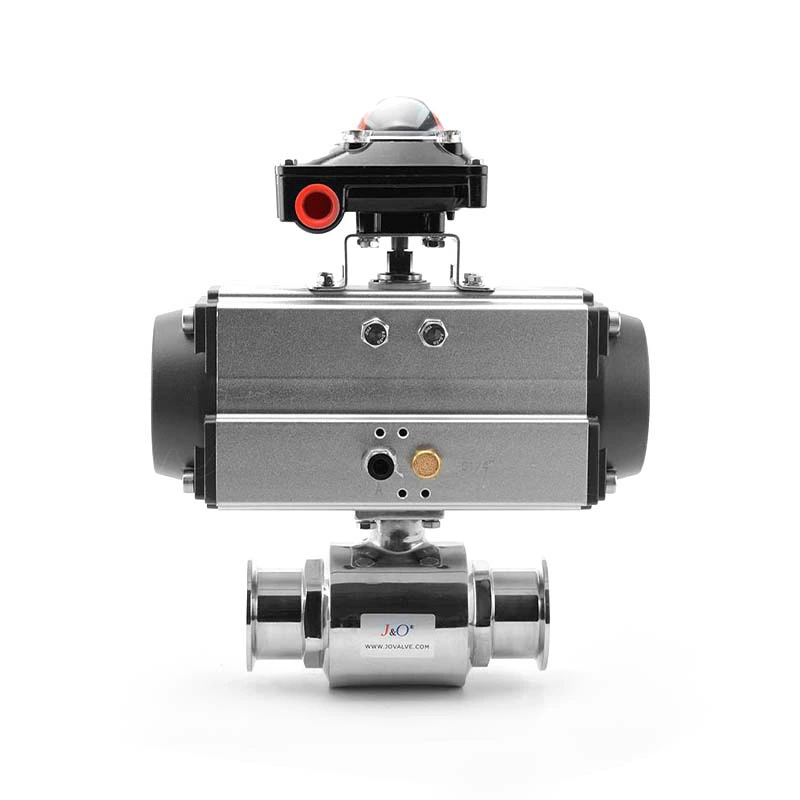Valve Classification
There are many types of Sanitary Valve products, and the terms are not completely unified. Some are divided by use (such as chemical, petroleum, power station, etc.), some are divided by medium (such as water vapor, air valve, etc.), some are divided by material (such as cast iron valve, cast steel valve, forged steel valve, etc.), some are divided by connection form (such as internal thread, flange valve, etc.), and some are divided by temperature (such as low-temperature valve, high-temperature valve, etc.).
At present, most of the habits in my country are to distinguish by pressure and structure type. That is: according to the nominal pressure: ≤ is a low-pressure valve, pressure,,
is a medium-pressure valve, ≥10MPa is a high-pressure valve, and more than 100MPa is an ultra-high-pressure valve.
According to the structural type, there are mainly:
Plug valve, gate valve, stop valve, ball valve-used to open or close the flow of medium in the pipeline.
Check valve (including bottom valve)-used to automatically prevent the backflow of medium in the pipeline.
Throttle valve-used to adjust the flow of pipeline medium.
Butterfly valve-used to open or close the medium in the pipeline. It can also be used for regulation.
Safety valve - used in boilers, container equipment and pipelines. When the medium pressure exceeds the specified value, it can automatically remove the excess medium pressure to ensure safe production operation.
Pressure reducing valve - used to automatically reduce the medium pressure in pipelines and equipment. When the medium passes through the gap of the valve disc, resistance is generated to cause pressure loss, achieving the purpose of pressure reduction.
Steam trap - used to automatically remove condensed water on steam pipelines to prevent steam loss or leakage.
